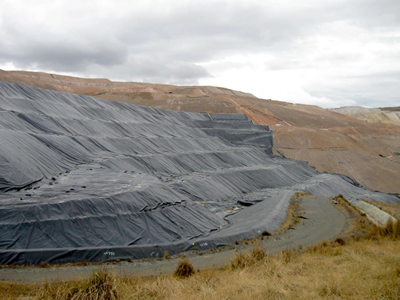
A comprehensive heap leach design short course has been announced as part of the opportunities at Heap Leach Solutions 2014. Led by an international team (Renzo Ayala, Jonathan Bray, Denys Parra, and Mark Smith), the course will be broken into 11 sections, giving attendees deep-level technical understanding across the range of issues that govern heap leach design, effectiveness, and cost control.
Heap Leach Solutions will be held 10 – 13 November 2014 in Lima, Peru. The short course, “Civil and Geotechnical Design of Heap Leach Pads,” will be held on November 10.
Both the conference and short course will be held at the JW Marriott Lima. Last year’s edition of Heap Leach Solutions, which was held in Canada, drew 277 attendees from 17 countries. This year’s event will bring the discussions into a region with expanding production in heap leach-related mining and diverse environments in which the operations are conducted. The learning opportunity is unique.
SHORT COURSE WEB PAGE
EVENT REGISTRATION
HEAP LEACH DESIGN SHORT COURSE
This one-day short course will introduce and discuss aspects such as: types of heap leach pads (HLPs); differences between gold, copper, nickel and uranium HLP; weather conditions; and aspects such as leach pad sizing, phased construction, lift thickness, and leach cycle. Characterization of the foundations and borrow source materials, as well as the ore to be stacked on the heap, is needed before the design is performed. The characterization also requires estimating dynamic properties in seismic regions. Static and seismic stability evaluation procedures of HLP will be discussed, including slope stability analysis methods, seismic response procedures, seismically induced permanent displacement methods, and advanced analyses.
The course will be broken out as follows:
- Section 1. Introduction
- Section 2. Field and laboratory geotechnical investigation and characterization
- Section 3. Dynamic properties
- Section 4. Seismic hazard
- Section 5. Static stability analysis
- Section 6. Seismic stability evaluation
- Section 7. Civil and hydraulic design
- Section 8. Fill valley heap leach pad construction
- Section 9. Heap leach pad design application
- Section 10. Construction follow-up
- Section 11. Fill valley heap leach pad operation











